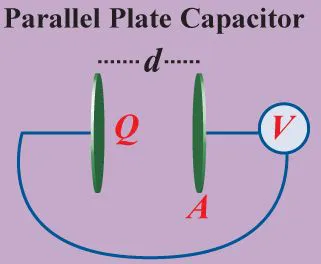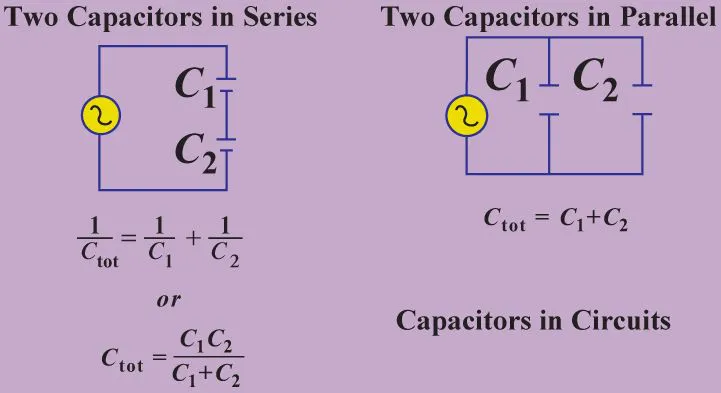
eBook - ePub
Physics
This is a test
Share book
- 6 pages
- English
- ePUB (mobile friendly)
- Available on iOS & Android
eBook - ePub
Physics
Book details
Book preview
Table of contents
Citations
About This Book
Reference and outline to concepts in physics.
Frequently asked questions
How do I cancel my subscription?
Can/how do I download books?
At the moment all of our mobile-responsive ePub books are available to download via the app. Most of our PDFs are also available to download and we're working on making the final remaining ones downloadable now. Learn more here.
What is the difference between the pricing plans?
Both plans give you full access to the library and all of Perlego’s features. The only differences are the price and subscription period: With the annual plan you’ll save around 30% compared to 12 months on the monthly plan.
What is Perlego?
We are an online textbook subscription service, where you can get access to an entire online library for less than the price of a single book per month. With over 1 million books across 1000+ topics, we’ve got you covered! Learn more here.
Do you support text-to-speech?
Look out for the read-aloud symbol on your next book to see if you can listen to it. The read-aloud tool reads text aloud for you, highlighting the text as it is being read. You can pause it, speed it up and slow it down. Learn more here.
Is Physics an online PDF/ePUB?
Yes, you can access Physics by in PDF and/or ePUB format, as well as other popular books in Sciences physiques & Physique. We have over one million books available in our catalogue for you to explore.
Information
Topic
Sciences physiquesSubtopic
Physique
ELECTRICITY & MAGNETISM

- Electric Fields & Electric Charge Examine the nature of the field generated by an electric charge and the forces between charges
- Coulomb, given the symbol C, is a measure of the amount of charge: 1 Coulomb = 1 amp • 1 sec e is the charge of a single electron: e = 1.6022 x 10-19 C
- Coulomb’s Law for electrostatic force, Fcoul =
1 4πεo
r̂q1q2 r2 - Electric Field, E, is the potential generated by a charge that produces Fcoul on charge qo:
E = Fcoul qo - Superposition Principle: The total F and E have contributions from each charge in the system: F = Σ Fi E = Σ Ei
- Sources of Electric Fields: Gauss's Law
- Electric flux, Φe gives rise to electric fields and Coulombic forces
- Gauss’s Law:Φe = ∫ E · dA =
The electric flux, Φe , depends on the total charge in the closed region of interestQ εo
- Electric Potential & Coulombic Energy
- Coulombic potential energy is derived from Coulombic force using the following equation: Ucoul = ∫ Fcoul dr
- Coulombic Potential Energy: Ucoul =
1 4πεo qq' r - Coulombic Potential/Voltage
- The Coulomb potential, V(q), generated by q is obtained by dividing the Ucoul by the test charge, q': U = V(q)q' V(q) =
=U q' 1 4πεo q r
- The Coulomb potential, V(q), generated by q is obtained by dividing the Ucoul by the test charge, q': U = V(q)q' V(q) =
- For an array of charges, qi, Vtotal = ΣVi
- Coulombic Potential Energy: Ucoul =
- Potential for a Continuous Charge Distribution: V =
∫1 4πεo dq r - The Dielectric Effect
- Electrostatic forces and energies are diminished by placing material with dielectric constant l between the charges
- Voltage and electrostatic force (V & F) depend on the dielectric constant, k
- For a material with dielectric constant k : V(k) =
V(vacuum) F(k) =1 k
F(vacuum)1 k
- Coulombic potential energy is derived from Coulombic force using the following equation: Ucoul = ∫ Fcoul dr
- Capacitance & Dielectrics
- A capacitor consists of two separated electrical conducting plates carrying equal and opposite charge. A capacitor stores charge/electrical potential energy
- Capacitance, C, is defined as the ratio of charge, Q, divided by the voltage, V, for a capacitor: C =
V is the measured voltage; Q is the chargeQ V - Energy stored in a charged capacitor: U =
= ½QV = ½CV2½Q2 C - Parallel plate capacitor, with a vacuum, with area A, and spacing d:
- Capacitance: C = εo
A d - Energy Stored: U = ½εoAdE2
- Electric Field: E =
=V d Q εoA
- Capacitance: C = εo
- Parallel plate capacitor, dielectric material with dielectric constant k, with area A, spacing d: C =

= kC0 C0 = vacuum capacitorkεoA d - Capacitors in Circuits: A group of capacitors in a circuit is found to behave like a single capacitor
- Capacitors in Series:
= Σ1 Ctot 1 Ci - Capacitors in Parallel: Ctot = ΣCi
- Energy stored in a charged capacitor: U =

- Current & Resistance: Ohm’s Law
- Current & Charge: The current, I, measures the charge passing through a conductor over a time; total charge, Q: Q = I · t
- Ohm’s Law: Current density, J, is in proportion to the field; σ is called the conductivity: J = σE
- Resistance
- The resistance, R, accounts for the fact that energy is lost by electron conduction; resista...